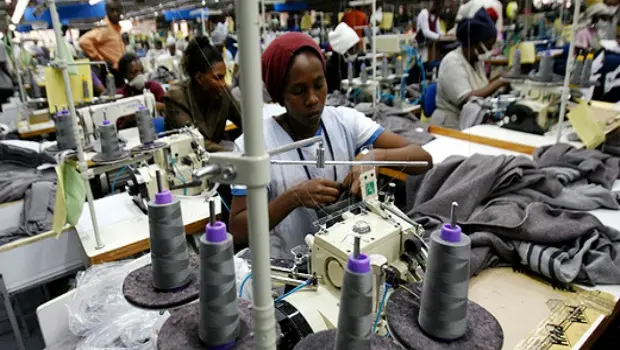When we speak of fashion fusion, the conversation often revolves around how Kenyan prints, crafts, fabrics, and styles have been integrated into global trends to create something fresh and brilliant. But what about the heart of it all—the Kenyan textile industry itself?
According to the Kohan Textile Journal , Kenya’s cotton, textiles, and apparel (CTA) industry is the country’s second-largest manufacturing sector after food processing, officially classified as a core industry. Most of Kenya’s cotton is grown in the Coast, Western, and Eastern Provinces, with additional cultivation in the Central and Rift Valley regions. However, as highlighted in a 2016 Hivos paper, the textile industry’s contribution to GDP remains far below its full potential. The reasons are manifold—climate change, agricultural land access issues, and fragmented production processes all play a role. But there’s another, more insidious culprit: the distance.
Kenya’s textile industry is up against geography itself. Being miles away from major import markets, Kenyan textile companies face staggering logistics costs 3 that choke their growth before they even take off. A shipping container from Kenya to the United States costs over $2,000, and the transit time is significantly longer compared to shipping the same container from China,

For more information visit https://www.fashionatingworld.com/new1-2/kenya-s-emerges-a-strong-textile-market-player
In an industry where speed and cost-efficiency dictate survival, this imbalance is more than a minor inconvenience—it’s a heavyweight chain dragging down the full potential of Kenyan fashion.
Yet, despite the challenges, Kenya’s textile industry refuses to be confined within its borders. Its influence stretches far beyond, weaving itself into the global fashion tapestry. At Nairobi Fashion Week, I witnessed this firsthand through the work of visionary designers like La Oculta and SokoLata.